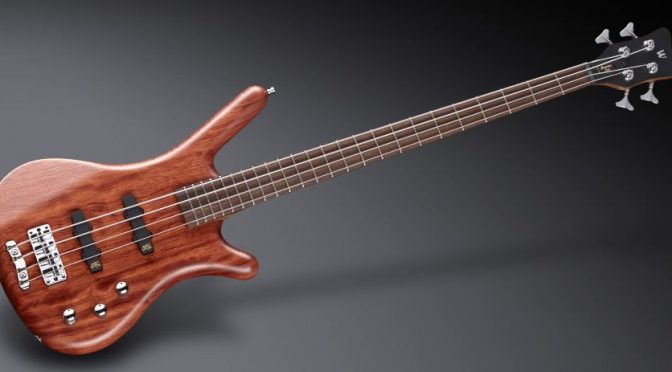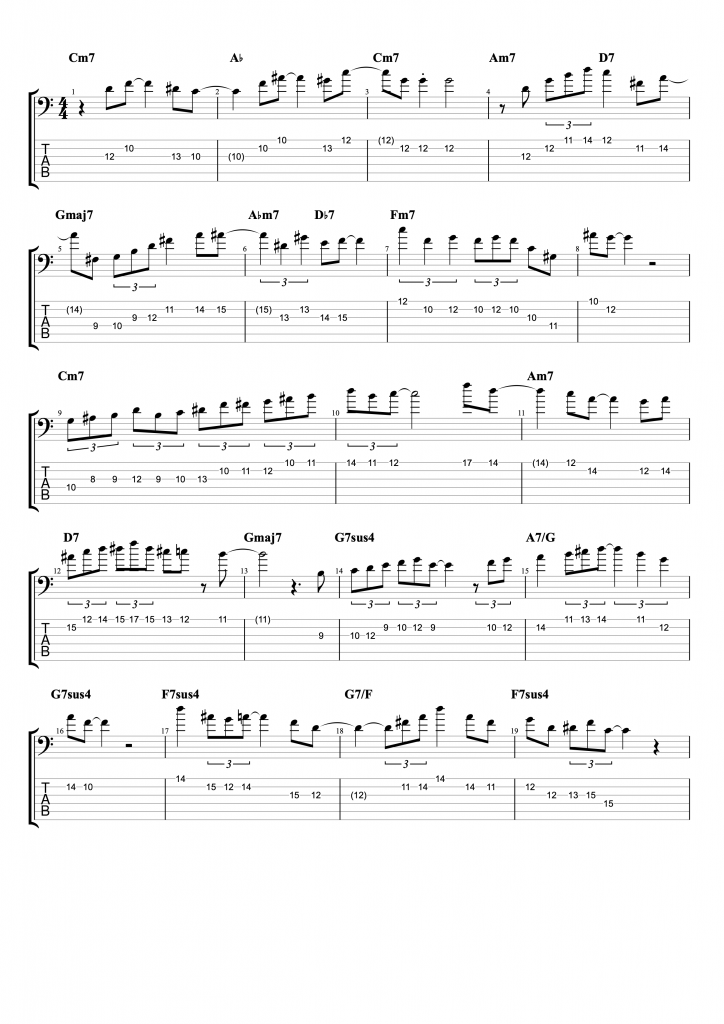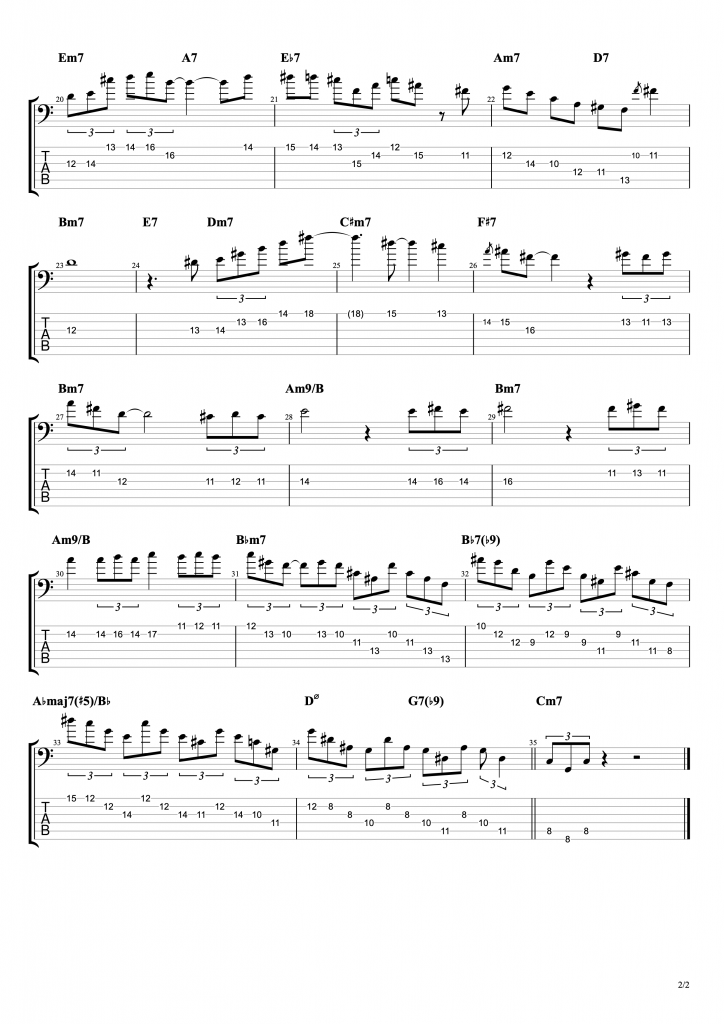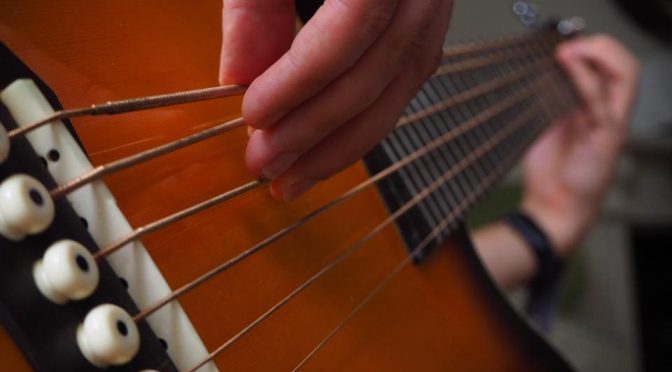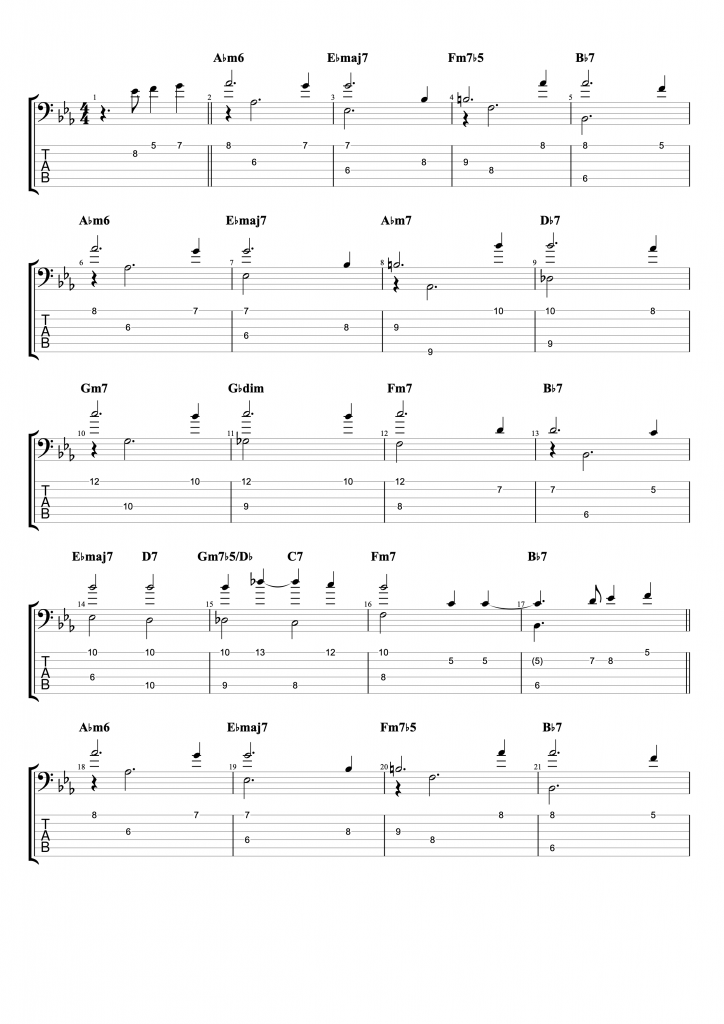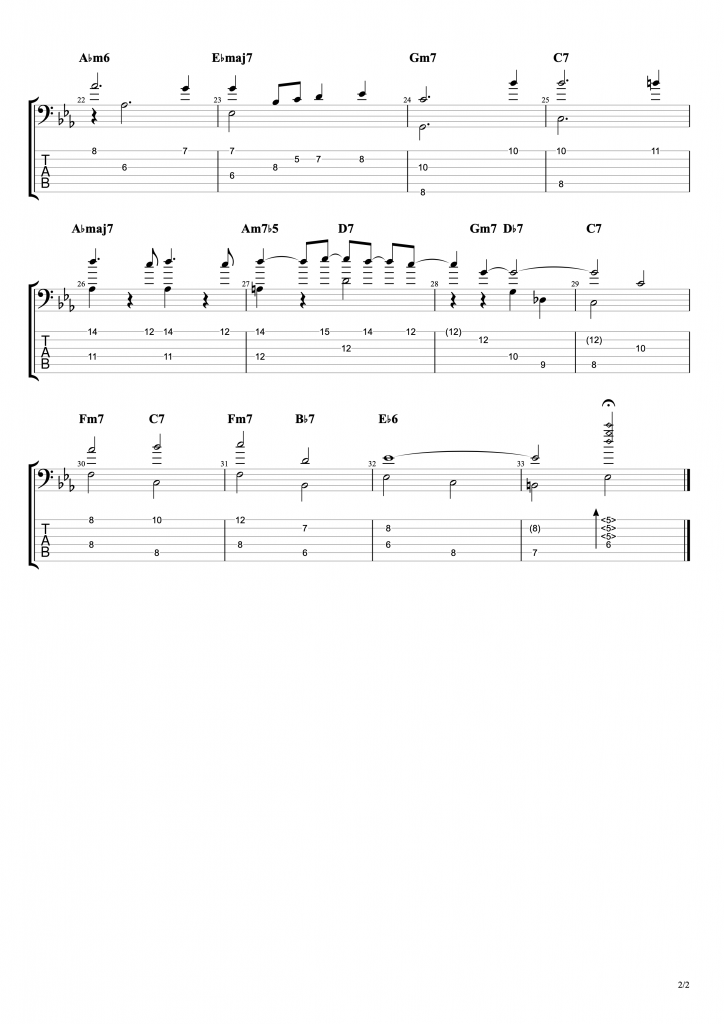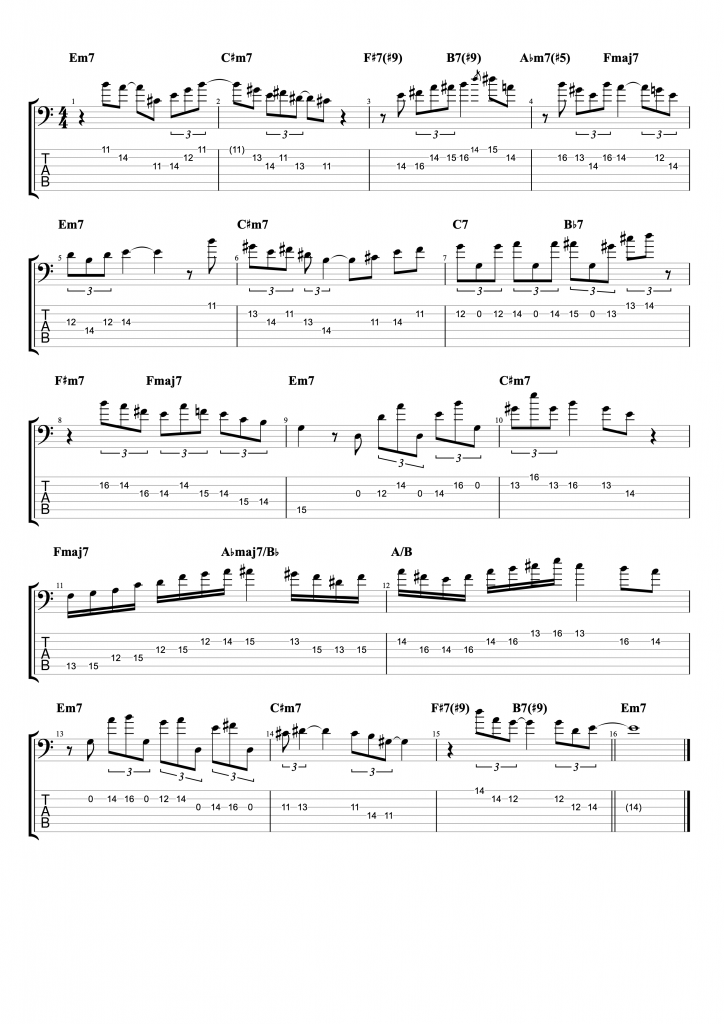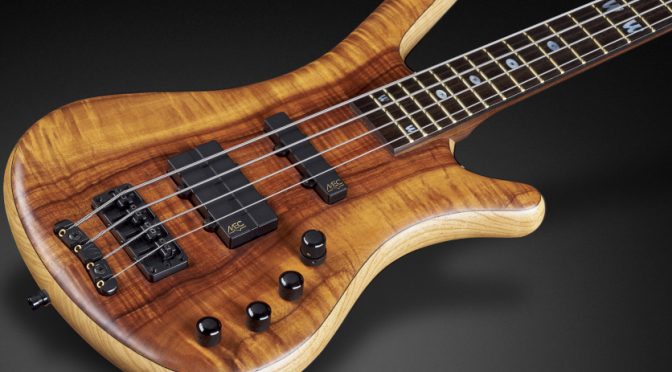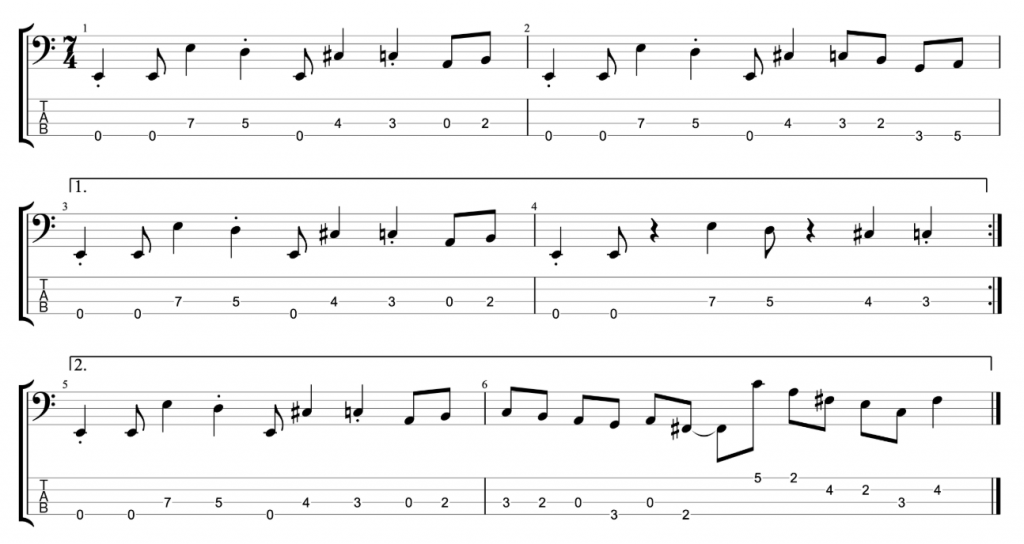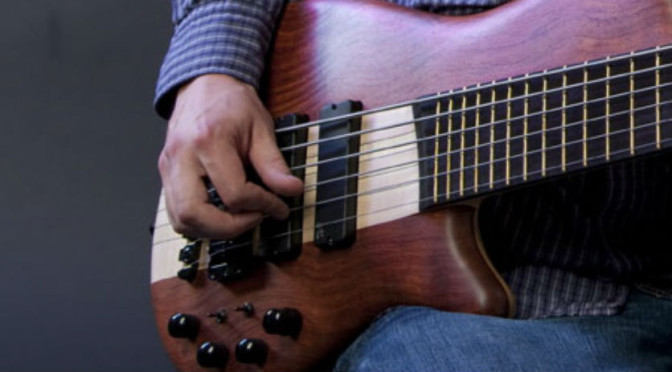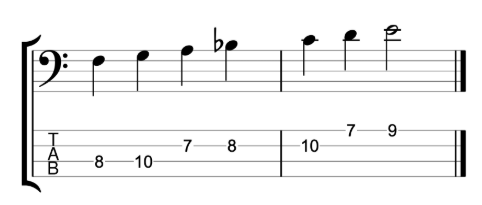Jazz Licks Bass Clef Version – Bass Practice Diary – 30th July 2019
This week I’m practising jazz licks from a book called Jazz Licks Bass Clef Version. I wanted to feature it this week because it ties in nicely with last week’s Bass Practice Diary Video. Which featured some of my own jazz licks written over the harmony of a short section of Herbie Hancock’s composition Dolphin Dance.
The book features thousands of licks mostly about 4 bars long. And most of the licks are written over the opening bars of jazz standards. There are 16 standards featured in the book including Invitation, All the Things You Are, Autumn Leaves and the standard I featured in the video The Days of Wine and Roses.
What makes the book so good is that it takes a very comprehensive approach to learning these short sections of harmony. Each standard has 91 different licks in 13 different key signatures. 7 licks are written for each key, from one flat to six flats and six sharps to one sharp, as well as C major/A minor which has no sharps or flats.
The book also features licks written over II-V-I’s and jazz turnarounds. So, there are a lot of licks. All written in bass clef without any bass TAB. So, it’s good for learning the language of jazz improvisation, and it’s also really useful sight reading practice.
Last week I described how I practice playing on jazz standards by breaking the harmony down into sections. And writing out and improvising lines that work over the short sections. That’s the same concept that this book works on. My advice for using this book would be to play the licks in the book and then write out some of your own lines on the same standards. And try to come up with lines that go over all parts of the chord progressions, not just the beginnings.

